Introduction

Image: JF260 Air Purifier
As parents, we strive to create a safe and healthy environment for our children. This includes ensuring they breathe clean air, especially within the confines of their bedrooms. However, indoor air can be polluted by various contaminants, including dust, pollen, allergens, bacteria, viruses, and harmful gases. These pollutants can negatively impact children's health, causing respiratory issues, learning difficulties, and even affecting their long-term well-being.
Why Clean Air Matters for Children
Children are particularly vulnerable to the harmful effects of air pollution. Their respiratory systems are still developing, making them more susceptible to irritants and allergens. Additionally, their bodies require more oxygen to support their rapid growth and development.
Oxygen Requirements for Children
The ideal oxygen level in a child's room should be around 21%. Insufficient oxygen can lead to fatigue, dizziness, and impaired cognitive function.
Air Pollutant Control in Children's Rooms
Air pollutants can come from various sources, including:
- Car exhaust
- Factory emissions
- Building materials
- Household chemicals
These pollutants can cause various adverse effects on children, including:
- Respiratory infections
- Allergies
- Skin irritation
- Chronic diseases
Choosing the Right Air Purifier: Essential Considerations
- Purification Capacity: Select an air purifier with sufficient capacity based on the room size and height. Aim for a purifier that can achieve at least 5 air changes per hour (ACH) for optimal efficiency.
- Filtration Type: Opt for a purifier equipped with:
- HEPA filter: Captures over 99.97% of particles as small as 0.01 micrometers, removing dust, pollen, and other allergens.
- Activated carbon filter: Adsorbs chemical pollutants and odors such as VOCs, formaldehyde, and benzene.
- Noise Level: Choose a quiet purifier with a low noise level, especially for bedrooms. DC brushless motors ensure quiet operation and energy efficiency.
- Safety Certifications: Look for purifiers with certifications like ETL/FCC to guarantee safety and compliance with electromagnetic radiation standards.
Introducing Jafända Air Purifiers: A Breath of Fresh Air for Your Child
Jafända air purifiers are specifically designed to provide clean and safe air for children. They offer several key advantages:
- Triple Filtration System: Combines HEPA and activated carbon filters for comprehensive purification.
- High Removal Efficiency: Effectively removes air pollutants, including PM2.5, VOCs, odors, and harmful gases.
- Real-Time Air Quality Monitoring: Provides clear feedback on air quality improvement.
- Quiet Operation: Ideal for children's bedrooms.
- Safety Certifications: Guarantees safety and compliance with children's room standards.
Jafända JF260: The Perfect Choice for Your Child's Room

The Jafända JF260 air purifier is highly recommended for children's rooms due to its:
- Powerful performance: Cleans large spaces efficiently.
- Quiet operation: Won't disturb your child's sleep.
- Comprehensive air quality monitoring: Provides peace of mind.
Conclusion
Investing in a high-quality air purifier like Jafända offers numerous benefits for your child's health and well-being. By providing them with clean, safe air to breathe, you can help them:
- Reduce respiratory issues and allergies
- Improve sleep quality and concentration
- Boost immunity and resistance to illness
- Promote healthy growth and development
By prioritizing clean air in your child's environment, you can create a foundation for their long-term health and happiness. Consider Jafända air purifiers to ensure your child breathes easy and thrives in a clean and healthy environment.

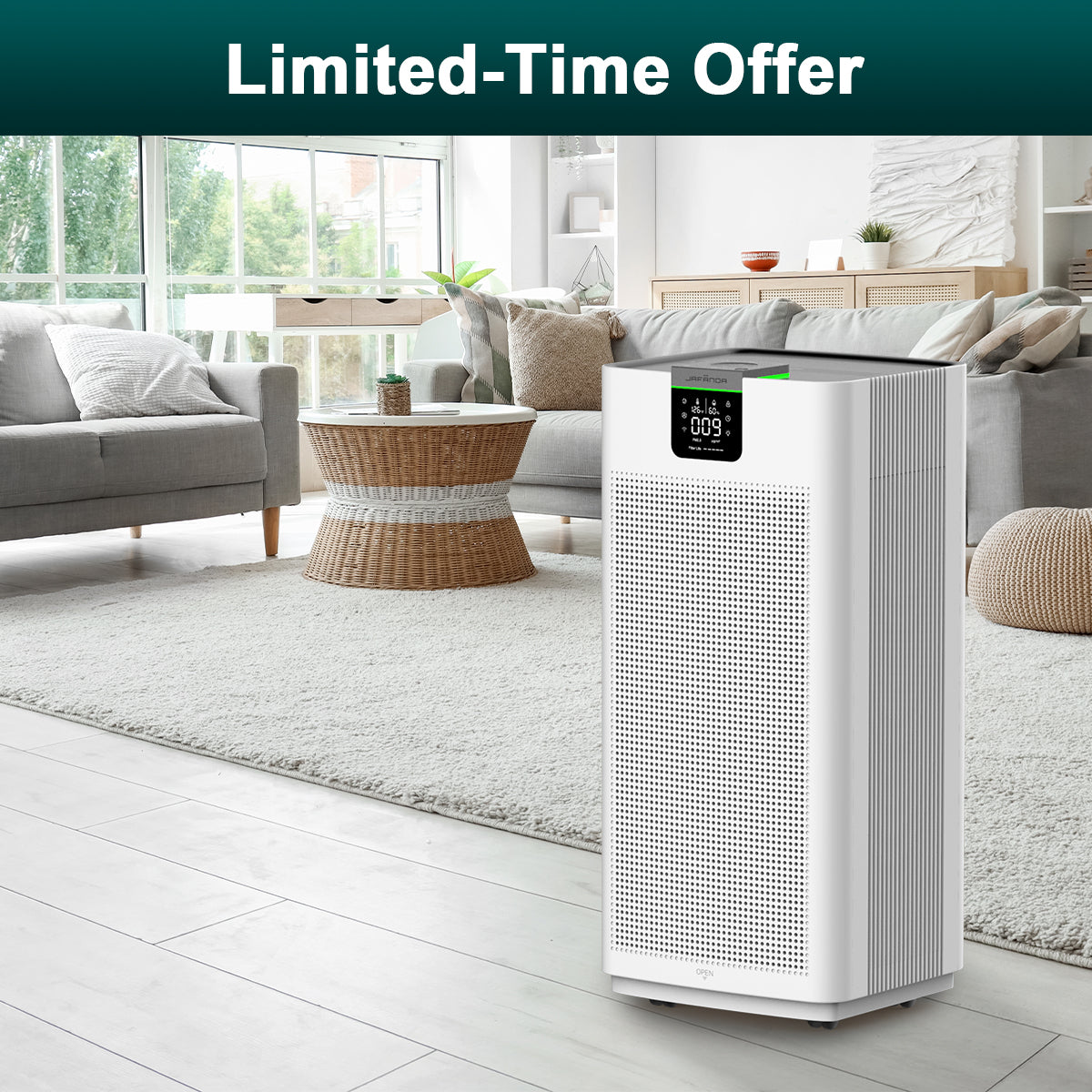
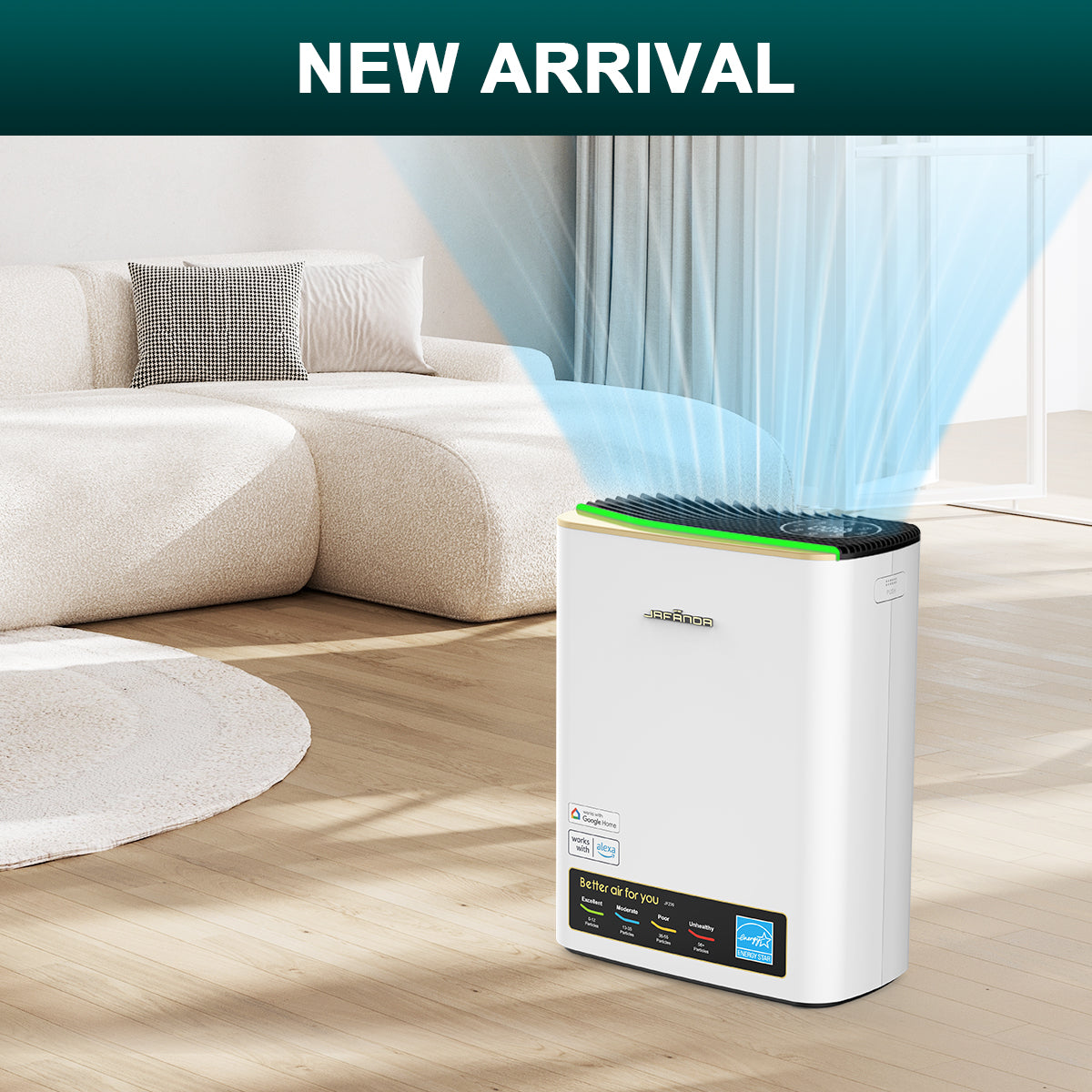

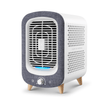
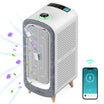
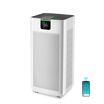
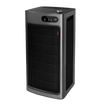
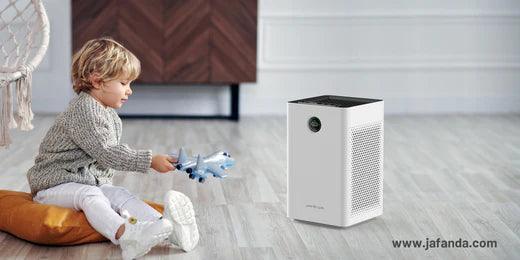
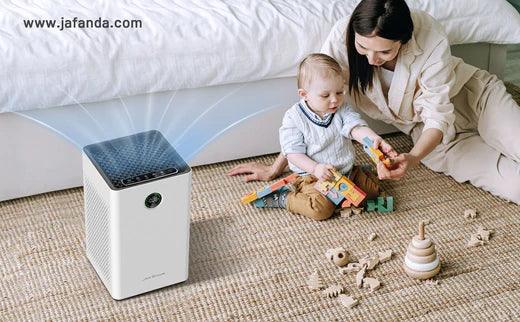
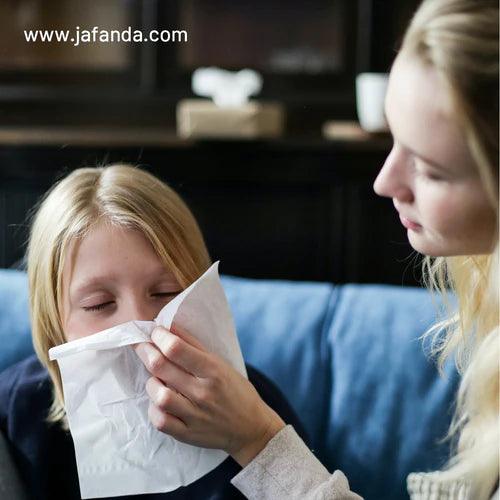
Leave a comment
All comments are moderated before being published.
This site is protected by hCaptcha and the hCaptcha Privacy Policy and Terms of Service apply.